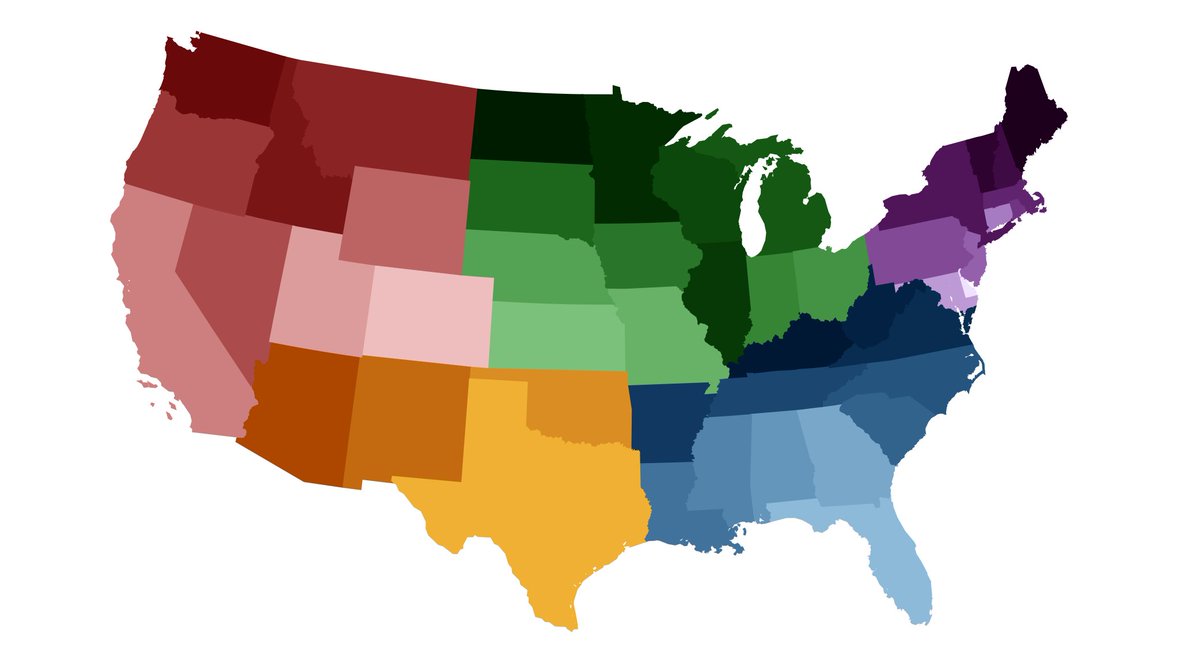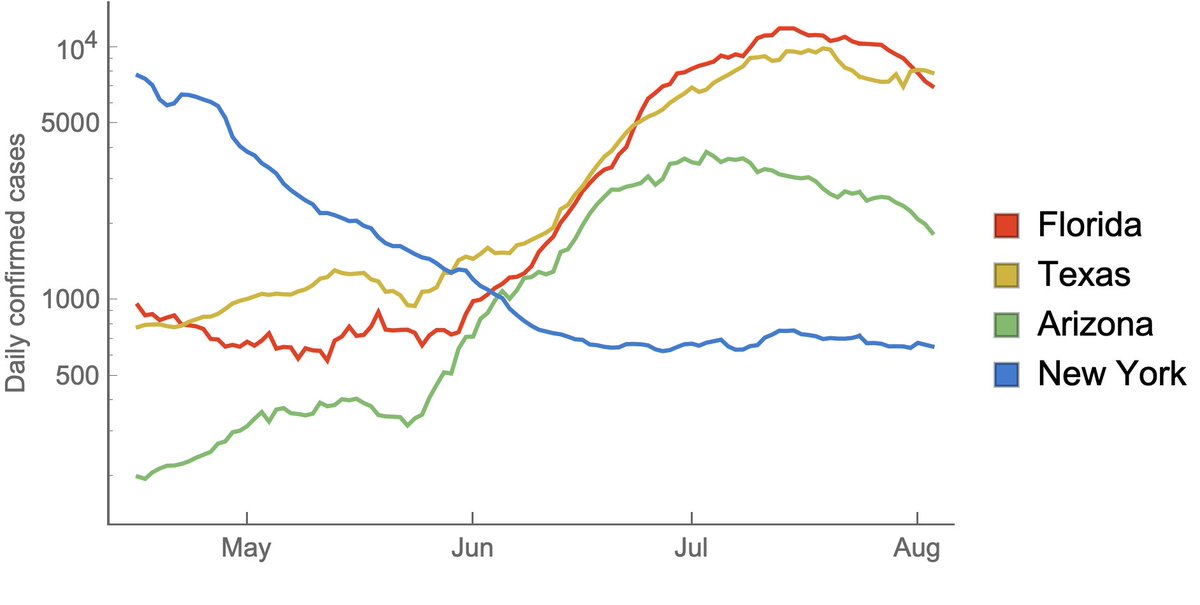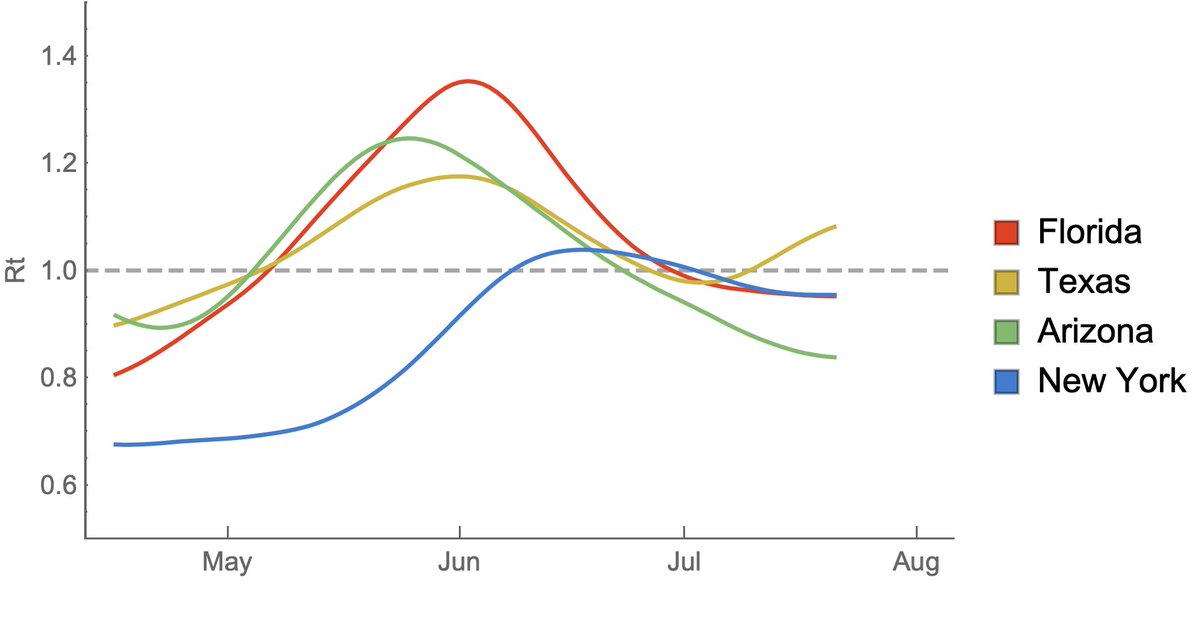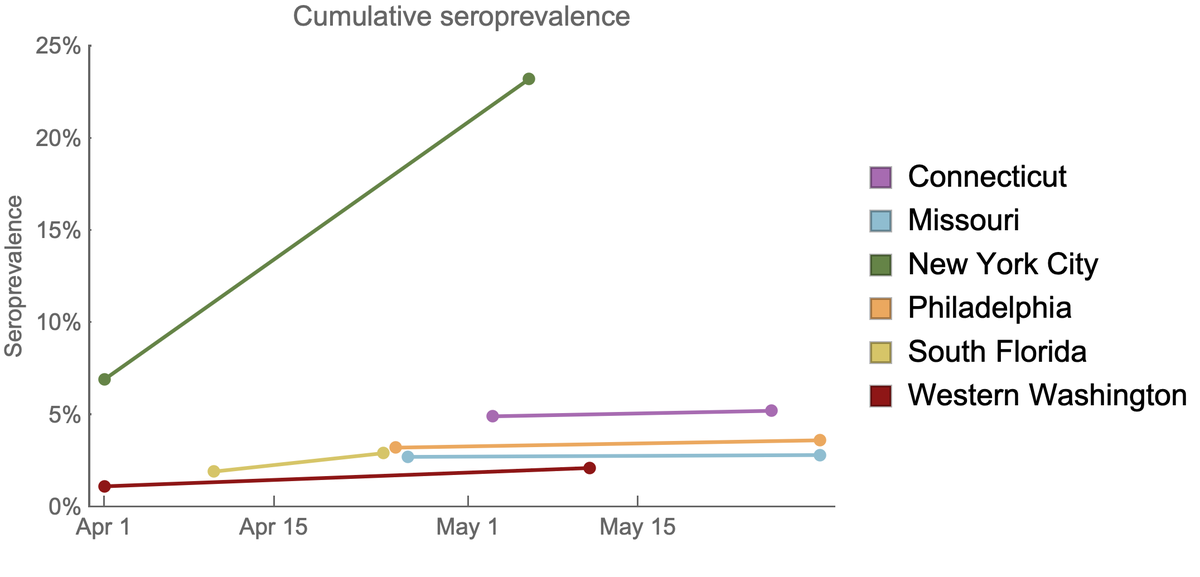
Separately, I wanted to address the question of "why do this?" with regards to sequencing of infections involved in the White House #COVID19 outbreak. 1/10
https://twitter.com/trvrb/status/1323011782714159105
Although the origins of the White House outbreak were characterized as "unknowable", viral genome sequencing can offer important clues to how infections in a cluster are connected to each other and to the larger COVID-19 epidemic. 2/10
This technology is rapidly becoming a standard course of action for COVID-19 clusters of public health interest. This seems obvious, but we can use science to understand and track the spread of COVID-19. 3/10
With all of the resources of the federal government at the disposal, cases in the White House outbreak could easily have been sequenced and science conducted. However, this sequencing was not performed. 4/10
More generally, we could have had a national program to conduct case-based interventions with targeted testing, contact tracing and isolation. I wrote about this as "the Apollo program of our times" over seven months ago on March 18. 5/10
https://twitter.com/trvrb/status/1240444821593944064
This program never launched and was never really attempted. 6/10
The lack of genetic sequencing of the White House COVID-19 cluster is just one more example of scientific / technological solutions not being implemented. 7/10
I wanted to show that this could be done and to use science to shed light on something dismissed as "unknowable". 8/10
Regarding timing, we've worked hard this month to seek IRB approvals, enroll individuals, collect swabs and sequence these specimens, with the second sequencing run finishing yesterday morning. 9/10
I believe it would be inappropriate to sit on results of such obvious public interest and so moved forward with releasing the technical report today. 10/10
• • •
Missing some Tweet in this thread? You can try to
force a refresh







